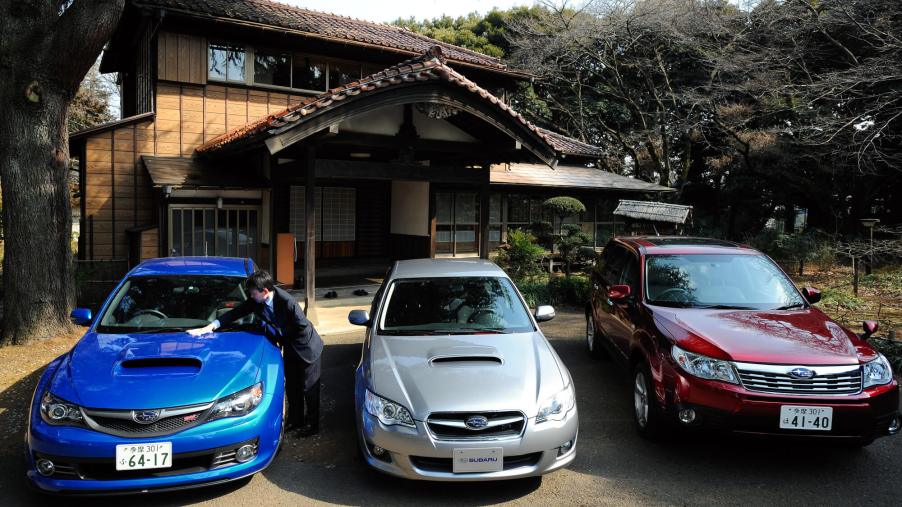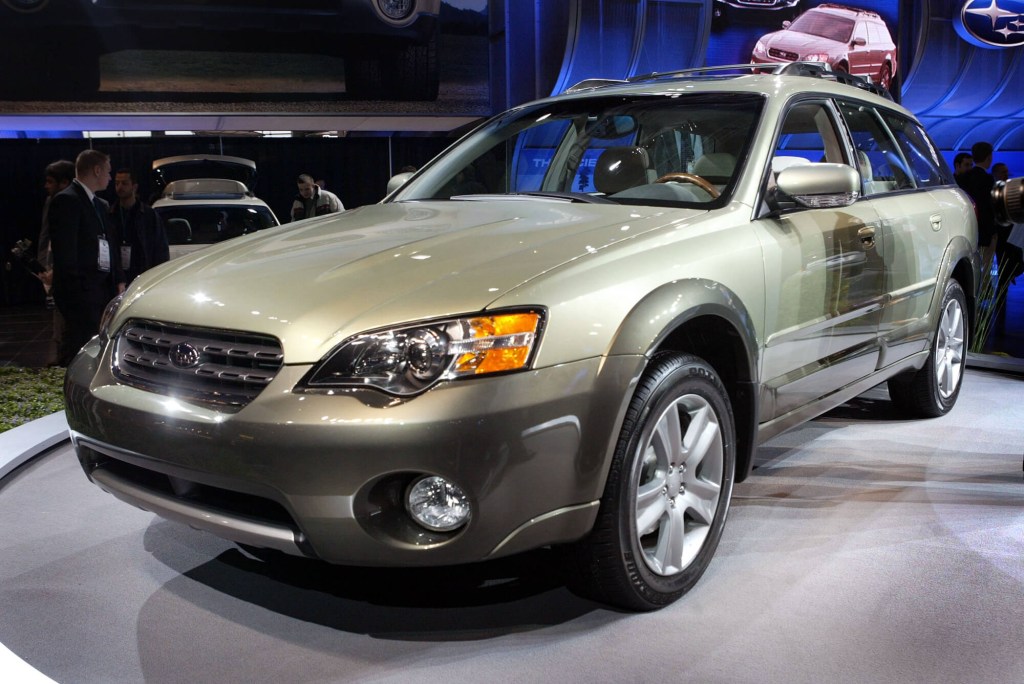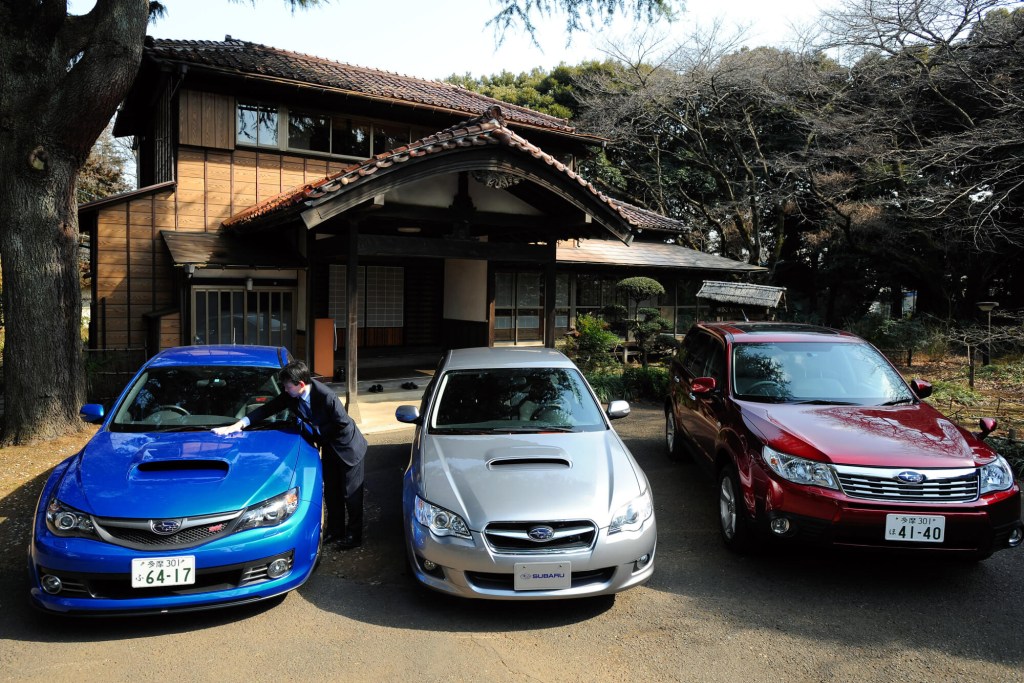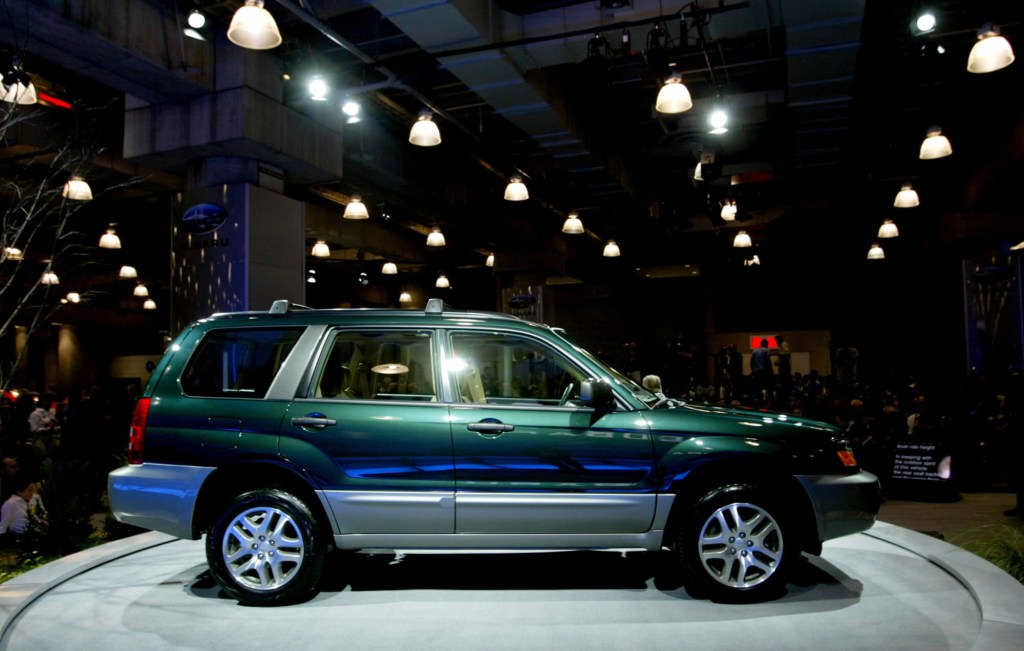
The Worst Subaru Engines Have This 1 Problem
Subaru has built a loyal following with its plucky Boxer engines and highly regarded all-wheel drive system over the years. But not all is perfect in the land of Subaru – some of its older models have a fatal flaw. Several Subaru models from the 90s and 2000s used an engine as durable as they come, except for one problem: faulty head gaskets can make them unreliable.
What causes unreliable Subaru engines?

Subaru’s worst engines suffered the same problem for years. According to Torque News, delicate head gaskets plagued owners for years with expensive preventative maintenance or costly engine damage.
Head gaskets act as seals for the combustion cylinders within internal combustion engines. These seals are responsible for maintaining proper pressure and preventing oil leaks from the engine block. Head gaskets are simple by automotive standards – they have no moving parts or electronic functions. But they’re as crucial to engine health as anything else.
The head gasket issue mainly occurred in the ubiquitous EJ25 flat-four engine. Beginning in the 1990s, Subaru equipped these engines with head gaskets that proved to be unreliable past 100,000 miles. According to Torque News, Subaru attempted to fix the issue in 1999 with a different head gasket design. But problems persisted well into the 2000s.
A leaking or busted head gasket can cause an engine to lose compression. Once this happens, a domino effect of damage to other engine parts can follow. It’s usually worth investing the money to replace head gaskets to avoid this scenario – but it’s not cheap. Torque News reports that Subaru head gasket replacement usually costs a minimum of $1,500. The bulk of that cost comes from head gasket replacement being an engine-out job for most Subarus.
Which models are at risk of head gasket failure?

Torque News reports four specific Subaru models that are the most likely to encounter head gasket problems.
- 2001-2009 Forester
- 2006-2008 Impreza
- 2006 Baja
- 2001-2009 Outback
How to avoid head gasket problems in your Subaru

The common practice for most owners of older Subaru models is to plan for an engine-out head gasket service at 100,000 miles, no matter what. Not every Subaru from this era experienced head gasket issues. There are plenty of anecdotes of Subarus going hundreds of thousands of miles without major problems. But the risk remains, and it’s better to nip it in the bud than to have faith in a component that’s known for its fragility.
The other option is to buy a newer Subaru model. Supposedly, Subaru fixed its head gasket problem around 2010, and models manufactured since are at much lower risk.
That may not be the news that classic Subaru fans want to hear. After all, there is a cultish Subarus from the 90s and 2000s. But those older models carry the burden of a known and expensive 100,000-mile service. Meanwhile, newer models may help to avoid the head gasket issue altogether. They may not smell like patchouli or have a Dave Matthews Band album stuck in the tape deck, but newer Subarus can still scratch your 90s itch.


